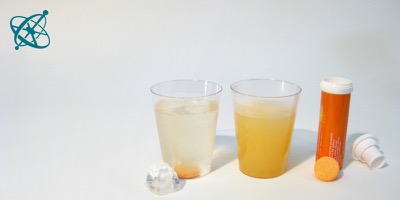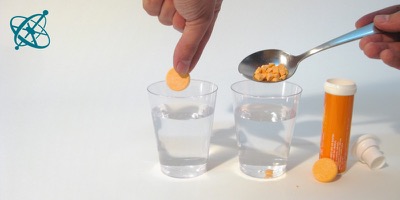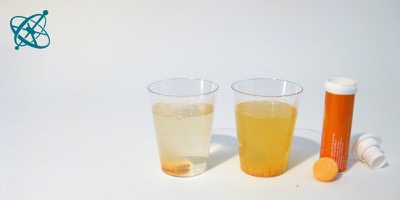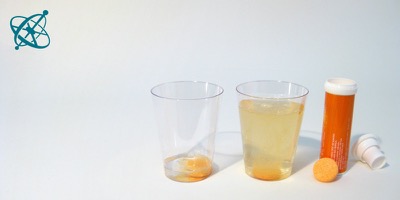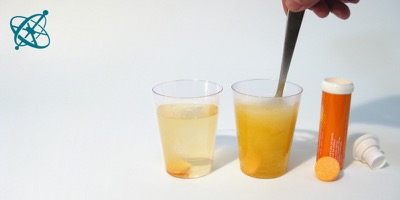 www.sciensation.org | Ciênsação hands-on experiments are published as Open Educational resources under a Creative Commons Attribution-ShareAlike 4.0 International License.
www.sciensation.org | Ciênsação hands-on experiments are published as Open Educational resources under a Creative Commons Attribution-ShareAlike 4.0 International License.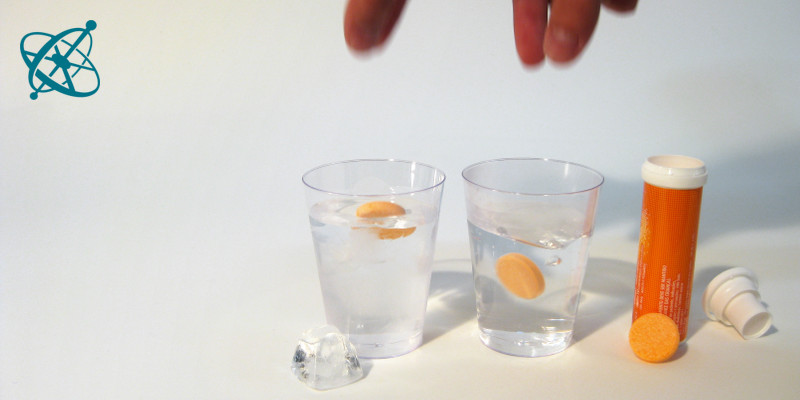
What determines the speed of a chemical reaction?
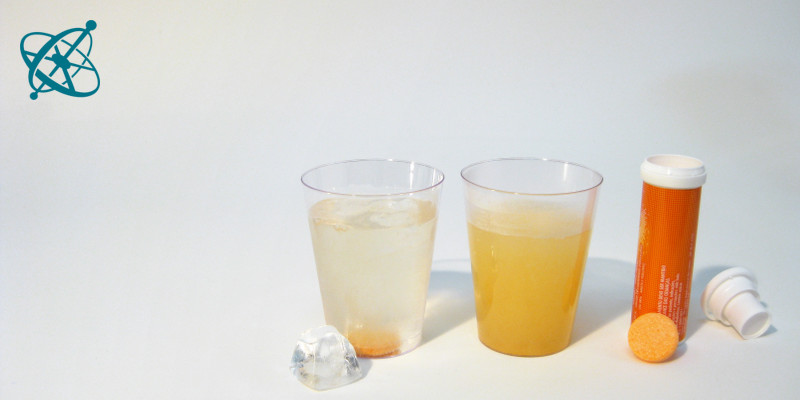
The temperature, for instance.
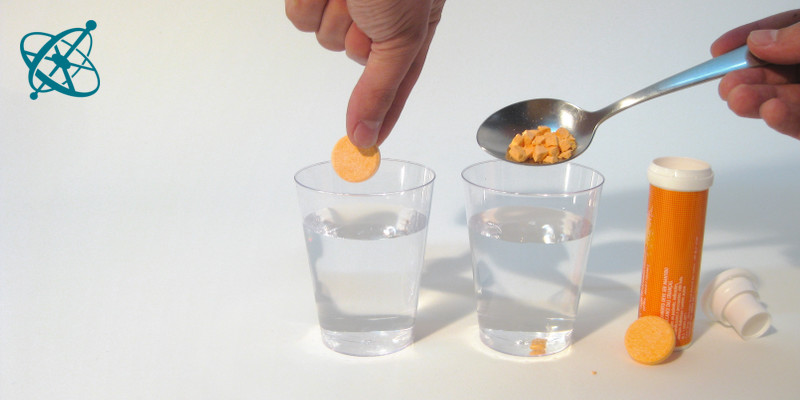
Or the surface area of the reactants.

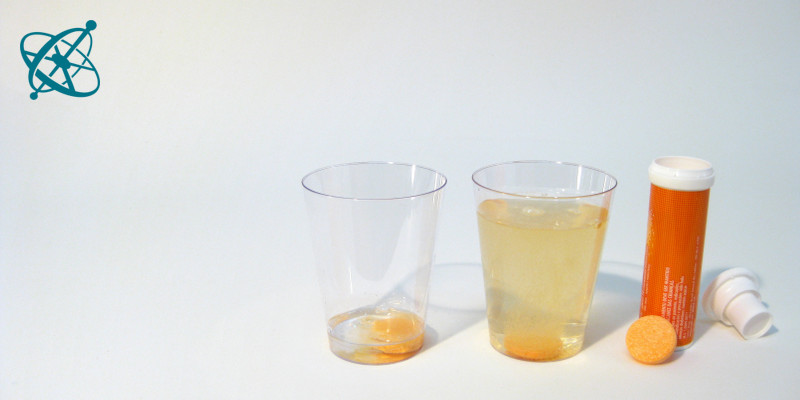
The relative concentration of the reactants.
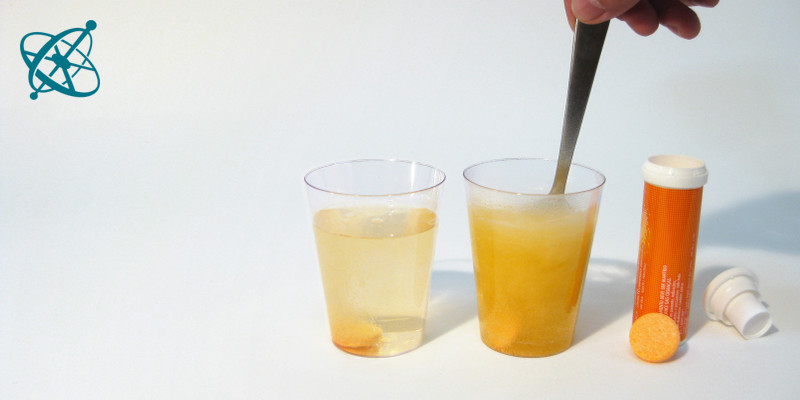
Even simple stirring may accelerate it.
Reaction rate
Many different factors can influence the rate (speed) of a chemical reaction. The most common are concentration, temperature and the surface area exposed to the reaction. To turn this list of words into an active learning experience, challenge your students to show how these factors influence the time an effervescent tablet needs to dissolve in water.
The reaction rate depends (among other factors) on temperature, concentration, surface area and stirring.
Designing experiments to study the influence of different factors separately.
Water
Plastic cups
Show your students what happens when you drop an effervescent tablet into water. Then challenge them to come up with experiments that clearly identify those factors that influence the time the tablet needs to dissolve.
Let your students conduct an experiment only once they can explain how their experiment will provide useful evidence.
It saves time to have hot and cold water ready in thermos flasks.
1. Can you develop safe and simple experiments to show which factors influence the speed of this reaction, and which do not?
2. How do these factors influence the speed of the reaction?
How do you have to plan an experiment to get a clear answer?
› Compare cases where only one relevant parameter varies while all others are equal.
Examples for suitable experiments might be the following:
Temperature: Prepare cups with hot and a cold water and compare the time it takes for the tablets to dissolve.
Surface area: Compare dropping the whole tablet into water with dropping the powder after crushing the tablet (thus increasing its surface).
Concentration: Drop one tablet in a glass with just enough water to cover the tablet and compare this with the reaction in a full glass of water.
Stirring: Observe if the tablet dissolves faster when the solution is stirred.
Your students might come up with many more ideas about potential factors (e.g. illumination, pressure, the shape of the vessel for the reaction, etc...) and experiments to test them. Even if not all of these experiments are successful, they will teach your students how to plan, prepare, safely conduct and critically interpret experiments.

